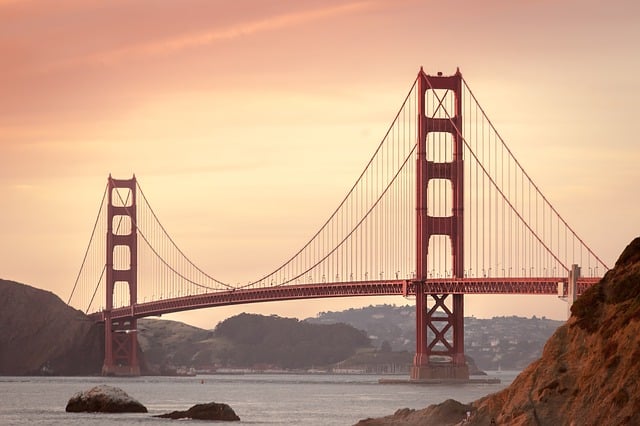As our society develops more, our infrastructure requirements are bound to increase further; take transportation for example. With more vehicles plying our roads daily, the need for resilient structural systems to handle the load has increased, for, without the same, we would have to make do with congested traffic and traffic snarls which can be quite time-consuming. While bridges serve to both regulate and minimize traffic congestion it should be pointed out that bridges too have their negative impacts, read on to know more.

The positive impact of bridges:
The connection: Bridges in general help to connect two distant points in a straight line and as a result, reduce the distance taken to travel to the destination. While this effect is negligible in smaller bridges, it is much more noticeable over long distances and even helps connect islands to the mainland.
Cost effective way of transportation: Most of the long bridges of 1 mile and more come with a toll tax, the amount is usually small and a negligible amount. So if you are using a bridge to travel from the mainland to the island, then chances are high that you would be required to pay a small toll tax which incidentally is cheaper than a ticket on the local ferry.
Economy: Though bridges, as a rule, do not earn much by way of toll taxes, they nevertheless can help decide whether to invest in a particular city or not. That’s why bridges are important as they play a pivotal role in snagging more investment from prospective investors.
Traffic: bridges, as mentioned earlier play a pivotal role when it comes to regulating traffic; they are quite effective in redirecting traffic to other segments of the city and help reduce the traffic load on the roads during peak hours. Their importance cannot be underestimated; otherwise, the resulting traffic congestion and traffic snarls would result in a complete waste of your valuable time.
The negative impact of bridges:
Natural ecosystem: Building bridges are essential but it is equally important to take care that the surrounding natural ecosystems are not altered radically as this can have an impact on the local environment. Sadly though, most of the local governments pay little heed to local ecosystems and as a result, it has had a direct impact on their environment.
Pollution: While the main purpose of structural systems is to enable people to travel from one point to another, several of them litter the route. As a result, areas around bridges, overhang, passes often contain mounds of littler. This is why areas in and around these bridges are often affected, impacting local life, both flora and fauna. Furthermore increased traffic over the bridges often results in chemical and air pollution, thereby making it harder for those residing close by.
Reduction in green space: It is inevitable that In order to construct and install a bridge, several trees would have to be cut down and this often results in a reduction in green space. This is why some of the governments have made it mandatory for construction companies to maintain a decently sized green space either under the bridge or close by.
Natural habitats: While governments can enforce companies to develop green space close by, there’s very little they can do when it comes to the question of natural habitats. Both flora and fauna often depend on the local natural habitat for their very survival and recreating the same is impossible if not extremely difficult. This has contributed to the extinction of several species of both flora and fauna.
These are some of the positive and negative impacts of bridges; it should be pointed out that as part of a structural system bridges provide essential service and one that we all depend on to get from point A to point B. But they also come with their own negative impact, that’s why it is important for both governments and construction companies to undertake a feasibility study before the project is approved. While no one is claiming that we should do away with bridges, all that we are saying is that a more detailed study on bridges and their impact on the local environment should be carried out at the earliest.
- Tulip Mania – The Story of One of History’s Worst Financial Bubbles - May 15, 2022
- The True Story of Rapunzel - February 22, 2022
- The Blue Fugates: A Kentucky Family Born with Blue Skin - August 17, 2021
